This entry includes a walking tour! Take the tour.
Introduction
Text-to-speech Audio
The Frisco Historic Park & Museum is located on downtown Main Street, in Frisco, Colorado. It was founded in 1983 by the former Frisco Historical Society, and they maintained operations until 2006, turning over operations to the Town of Frisco. There are ten historic cabins and buildings in the Historic Park from around Frisco, all of which have been maintained and restored to preserve historic character. This self-guided tour touches on each historic structure with a brief history of the building, its occupants, and related topics.
Images
While Colorado might average 300 days of sunshine, the snowfall average in Summit County ranges from 160 to over 300 inches depending on the season. In this image, a snowplow works to clear Frisco streets after a snowstorm.
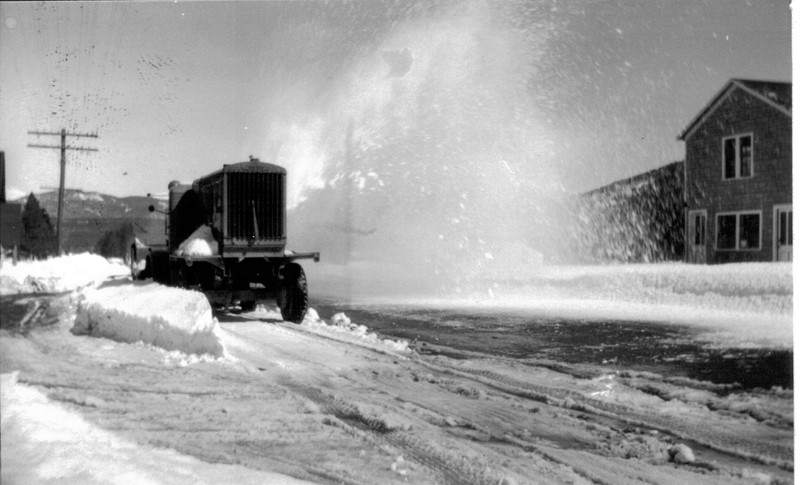
Main Street in Frisco, during a paving project looking towards the Continental Divide. Circa 1990's.
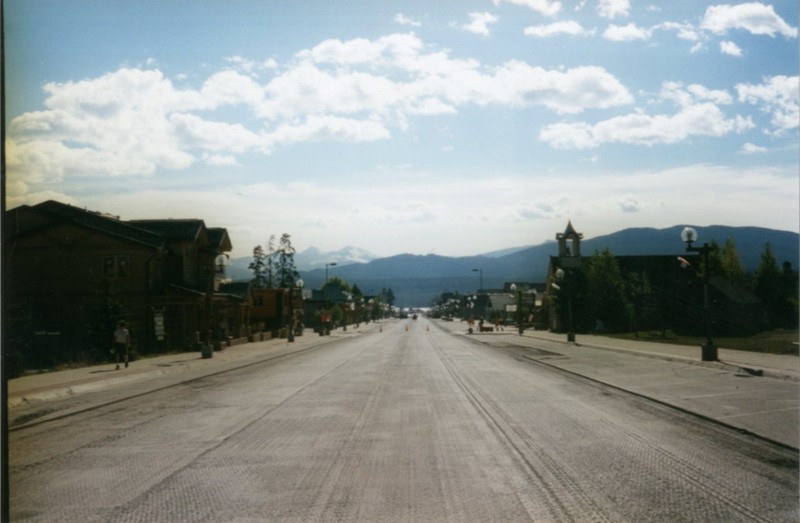
An aerial shot of Frisco, circa Summer, 1977. Can you spot the Frisco Schoolhouse?
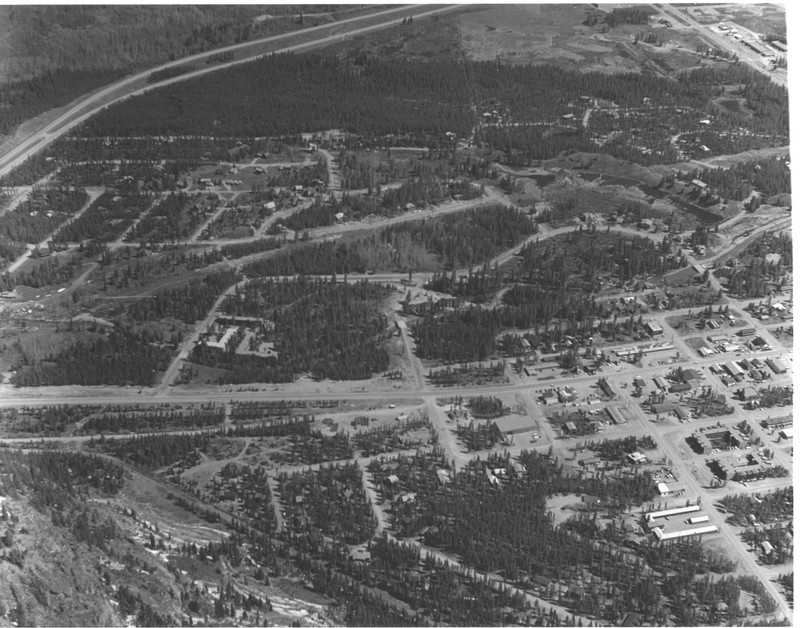
Three Frisco women- Elsie, Eve, and Betty- stand on the Continental Divide at Loveland Pass. Circa 1951.
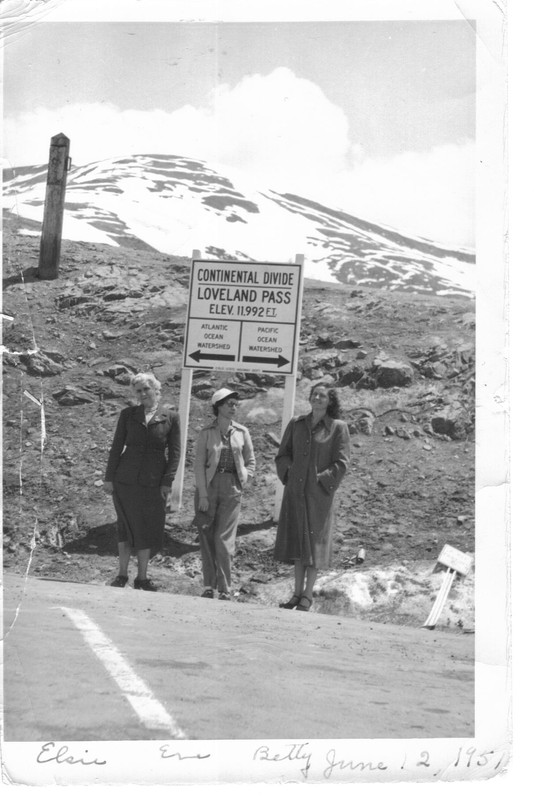
A sunny winter day in Frisco, Colorado. The red building behind the trees is the old post office.
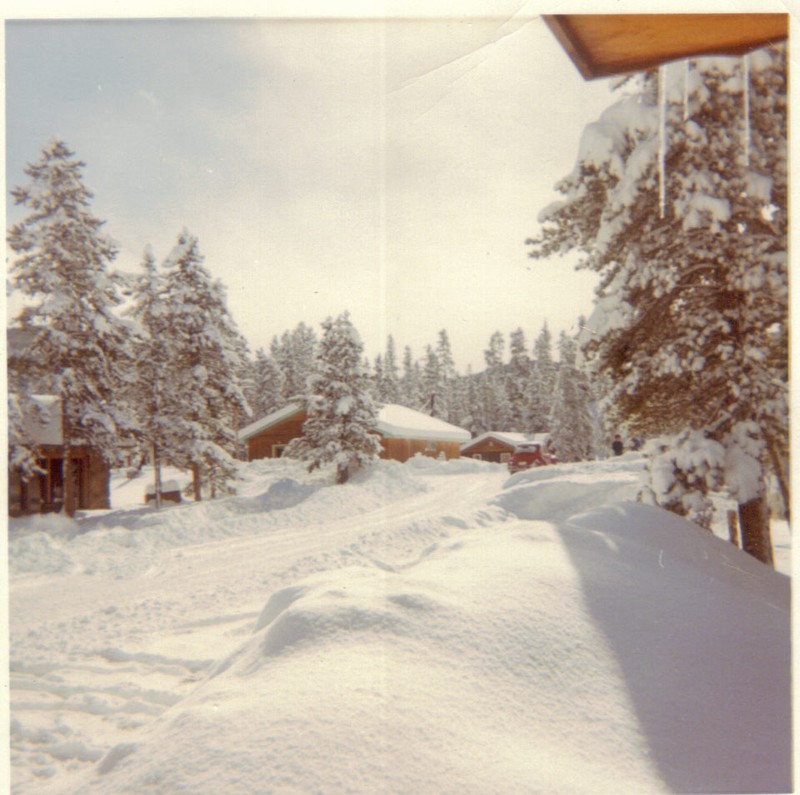
The Frisco Peaker was one of Summit County's newspapers, and one of the few to focus solely on Frisco news. This edition ran in 1966 with news of Silverthorne's incorporation running on the first page. The newspaper lasted only a few years before folding.
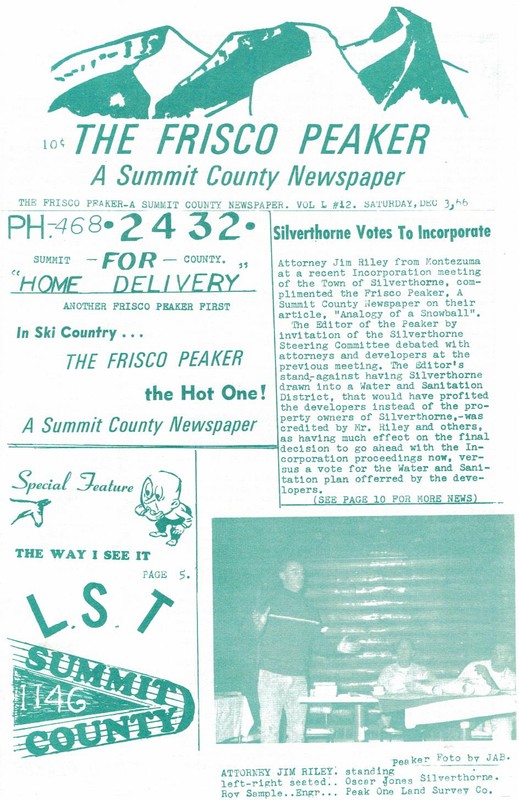
Backstory and Context
Text-to-speech Audio
Frisco’s history in the Mountain West is full of passion, prosperity, heartbreak, and rejuvenation, going back to the early nineteenth century with the Euro-American trappers and some 10,000+ years before that with the Ute Peoples. Known as one of the area’s most significant heritage attractions, the former Frisco Historical Society opened the Frisco Historic Park & Museum on July 2, 1983. The Schoolhouse was fully restored between 1982-1983, and is currently listed on the National Register of Historic Places. The Frisco Historic Park & Museum strives to preserve and promote the Town of Frisco’s heritage and history by presenting an excellent educational museum experience to the community and its visitors, connecting the past, present, and future to the world around us.
The region now known as Summit County was originally occupied by the Ute, Colorado’s first and longest remaining inhabitants. The first Euro-American men to come through this area were known as “mountain men”, who trapped in the high mountain lakes for beaver from the early 1800s into the 1840s. The 1870s ushered in the mining industry as better technology allowed miners access to the silver in the Tenmile Canyon. Founded in 1873 (officially chartered in 1879), the Town of Frisco quickly developed thanks in part to the local mines. By 1882, the permanent population of Frisco reached 250, with two railroads, many businesses, hotels, and saloons. The mining boom lasted until 1913 when a lack of money and resources ended most of the mining efforts in the area. The town continued on as a waypoint for folks traveling through the Rocky Mountains along with ranching and homesteading.
Along with the rest of the country, Frisco was hit hard by the Great Depression. By 1930, Frisco’s permanent population had dropped to only 18 people, but remained as one of the few former mining towns to continue operations. Frisco persevered, and by 1946, the population had increased to 50. With a current population of just under 3,000 full-time residents, Frisco has maintained its status as a small mountain town
Sources
Mather, Sandra . Frisco and the Ten Mile Canyon. Charleston, North Carolina. Acadia Publishing, 2011.
Mather, Sandra. Summit County. Charleston, North Carolina. Arcadia Publishing, 2008.
Gilliland, Mary Ellen. Summit: A Gold Rush History of Summit County, Colorado. Silverthorne, CO . Aspenrose Publishing, 1980.
Gilliland, Mary Ellen. Frisco! A Colorful Colorado Community. Silverthorne, CO. Alpenrose Publishing, 1984.
Frisco Historic Park & Museum
Frisco Historic Park & Museum
Frisco Historic Park & Museum
Frisco Historic Park & Museum
Frisco Historic Park & Museum
Frisco Historic Park & Museum
